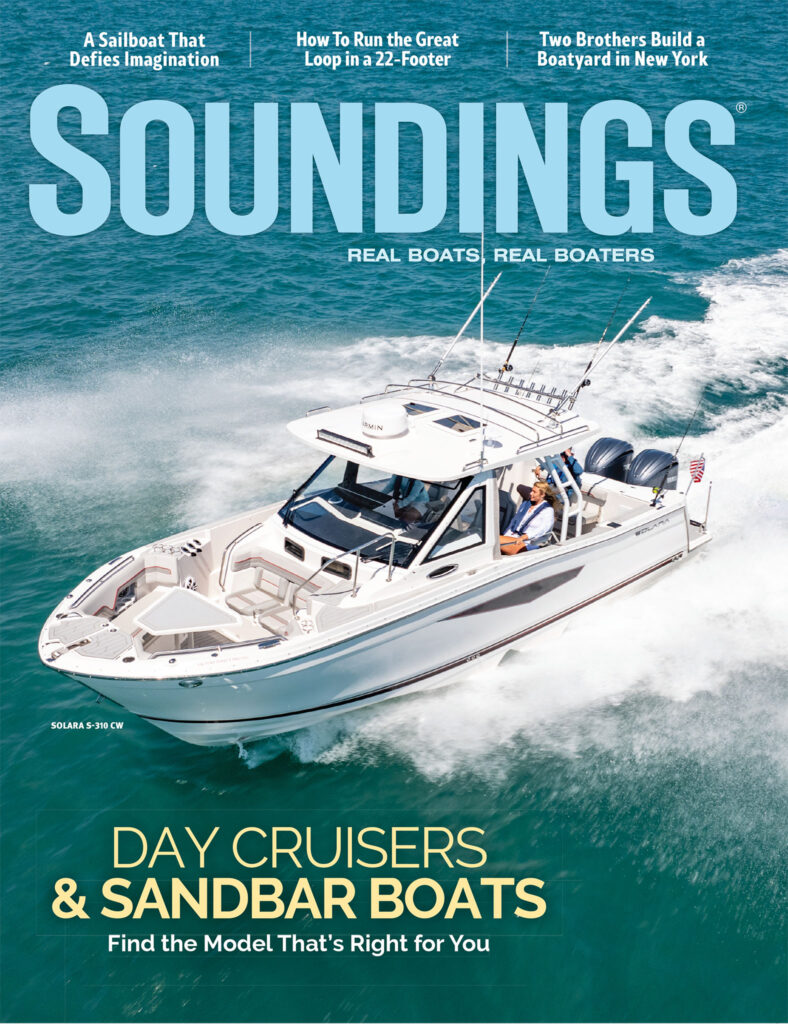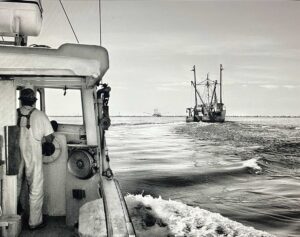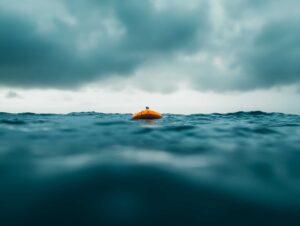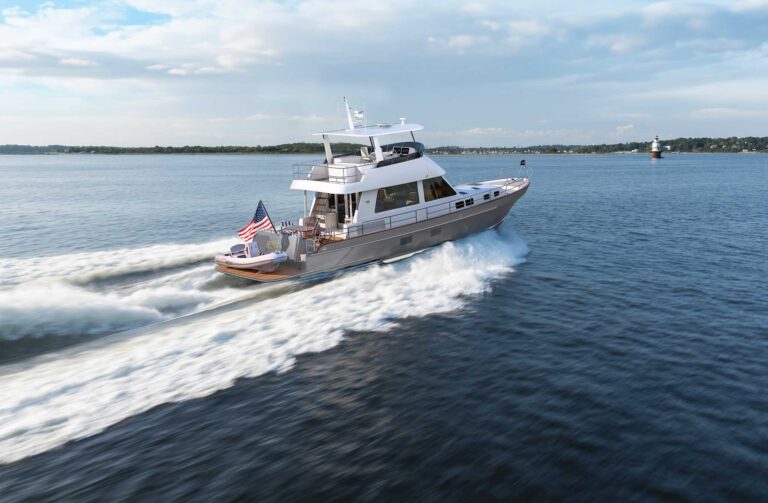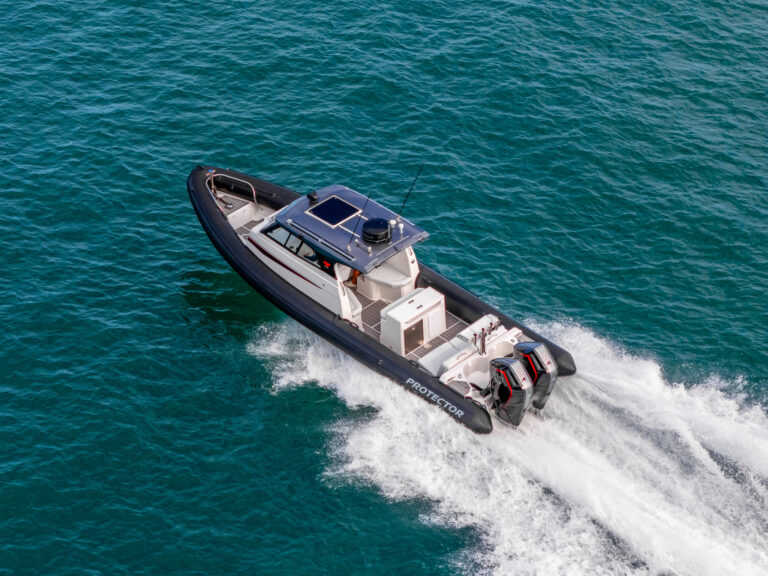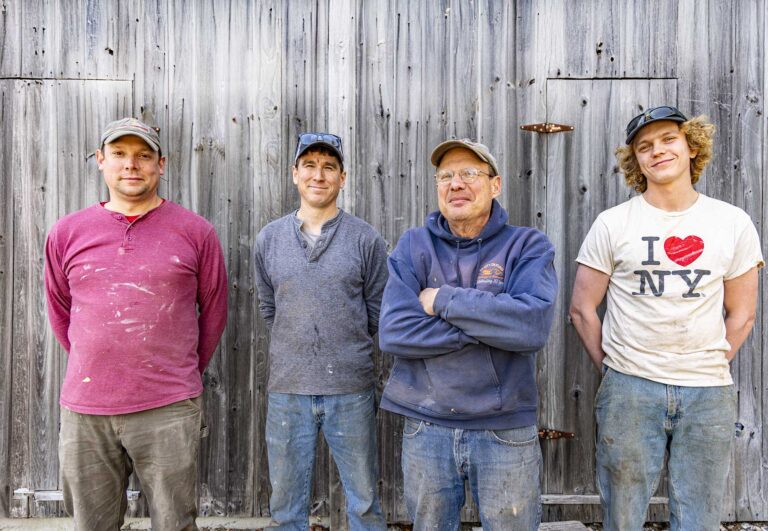
It is May 27, 1898, in Humboldt, California. Euro-Americans had only settled in the region less than 50 years prior, with the first ships arriving from San Francisco in the spring of 1850, bringing passengers en route to the gold mining districts on the Klamath, Salmon and Trinity rivers. As the gold rush subsided, however, attention turned to the region’s other resources: large trees, salmon and land.
In the painting “Sea Trade” by David Thimgan, the clippership Woolahra is being towed into Humboldt Bay by the steam tug Ranger. Clippers were mid-19th-century merchant sailing vessels designed for speed, especially to get to China, but also from New York to California. At this point in the late 19th century, lumber was one of Humboldt Bay’s main exports, and shipbuilding was also a big part of the local industry, with upwards of 600 ships being built per year.
Thimgan, who passed away in 2003, specialized in recreating scenes from America’s maritime past, especially those involving the West Coast and the Pacific Ocean. To do so, he conducted extensive research on shipbuilders, logging scenes and the ships he depicted.
“Getting the story right is an absolutely essential part of my work,” Thimgan said in a 1994 interview for Sea History. “I sort through numerous old photographs to find images of absolutely gorgeous vessels. Many of the names are unknown, but the attraction is there. It is kind of like falling in love with a beautiful woman and not knowing anything about her. I have to find out all I can. The many hours spent sorting out historical puzzles and occasionally solving a small mystery is a painstaking process that can be immensely rewarding.” — Carly Sisson
This article was originally published in the November 2022 issue.

